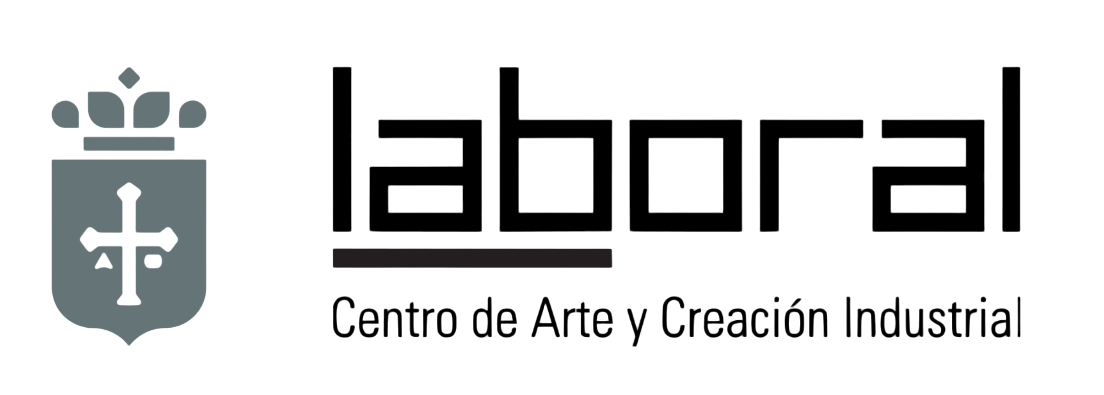Segundo Víctor Aurelio Chomón y Ruiz (Teruel, 1871-Paris, 1929)
Along with Luis Buñuel, also from Aragon, Segundo de Chomón is one of the greatest Spanish film creators who worked inside and outside our borders, participating in more than 500 films. A multifaceted and cosmopolitan character, he studied engineering, but his professional life took a turn between 1895 and 1897 after a trip to Paris. There he discovered the spectacular invention of the Lumière brothers: the Cinematograph. Fascinated by this new language, he became one of the indispensable figures in the origins and development of the primitive film industry, being hired by the most important film companies of the time, He was hired by the most important film companies of the time [such as Pathé Frères Laboratories (France) and Itala Films (Italy)], where he worked as a technician on major films such as Vittoria o morte (1913) and Cabiria (1914), by Giovanni Pastrone – known by his pseudonym Piero Fosco – and Napoleon (1927), by Abel Gance.
He excelled in this discipline, participating in almost all the processes involved in the creation of a film, such as the hand-colouring of black and white stills, poster designer, camera operator, director of photography, image editor, producer, scriptwriter, director and, above all, director of trucage and special effects. It is in this technical section where he obtained the greatest international recognition, for the large repertoire of effects that he researched, invented and developed, such as the use of tracking shots in interior sets on rails (Life, Passion and Death of Our Lord Jesus Christ, F. Zecca, 1907), model trickery (he made his own cinematographic camera and shot a film in which he used this effect in his 1902 short film Choque de Trains/Collision of Trains), Schüfftan effects, double exposure, expressionist lighting, overprints, transparent backgrounds, pyrotechnics and the spectacular use of pyrotechnics, pyrotechnics and the spectacular use of “crank step” speed which he experiments with in Eclipse of the Sun (1905) and culminates in the marvellous piece The Electric Hotel of 1905 (shot frame by frame and which surely inspired Stuart Blackton’s very famous The Haunted Hotel-1908). He also contributed to the creation of a solid Spanish national film industry, participating in the early 20th century in the Catalan production company Hispano Films and later partnering with Joan Fuster Garí, producing an extensive filmography of popular scope: documentaries, fantasies, melodramas, historical dramas, zarzuelas and comedies. As well as his collaborations with renowned Spanish directors such as Benito Perojo (El negro que tenía el alma blanca-1927)
In short, he is one of the most important international filmmakers for his contribution to the development of cinematographic art in the silent era, being the only filmmaker capable of competing with the genius of the great Georges Méliès or with American superstars such as David Wark Griffith.

